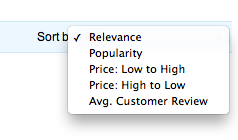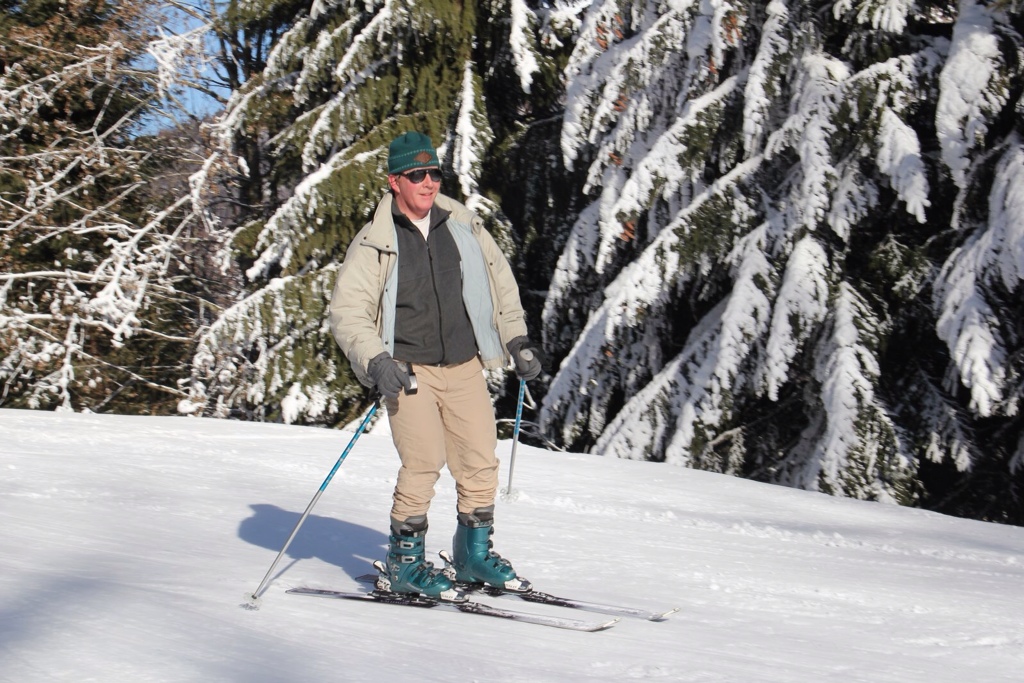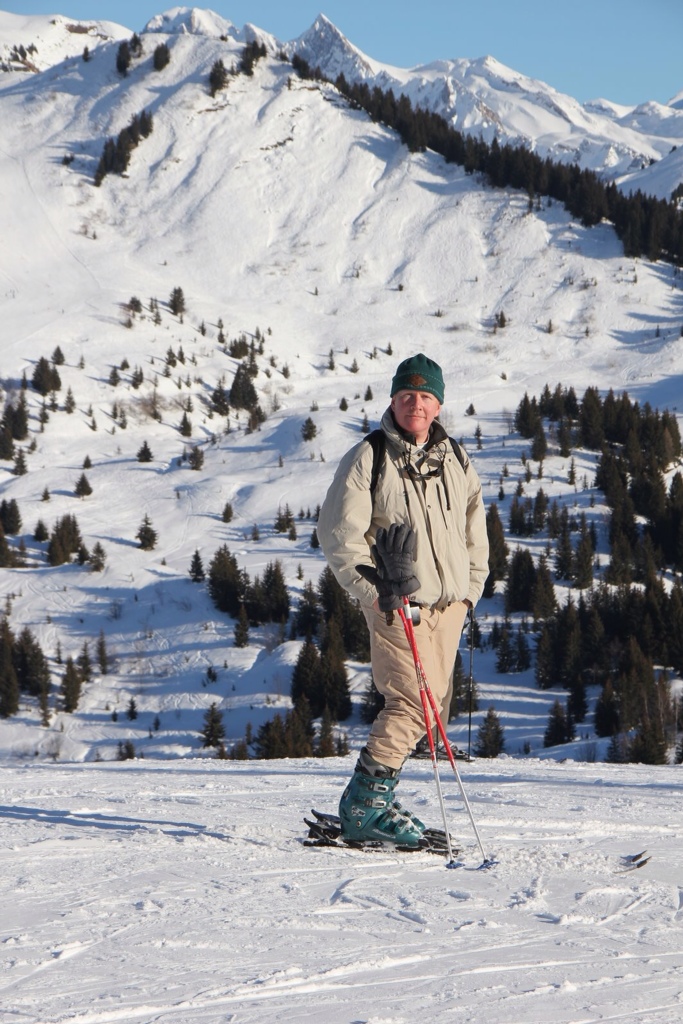 I buy masses of stuff through Amazon. And I do take note of the reviews left by others. When you do a search, you can choose to order the results by average customer review, which is almost useful, but not quite.
I buy masses of stuff through Amazon. And I do take note of the reviews left by others. When you do a search, you can choose to order the results by average customer review, which is almost useful, but not quite.
The problem is that if there is only one review, but it’s rated 5-stars, that item will appear at the top. Similarly, an item could be unfairly blighted by a single negative review. I’m not so interested in things that were only bought by the vendor’s cousin, who thought it was great.
So, Amazon, could you come up with something like this, please?
“Sort by the median value where there are more than 5 reviews, and where there are 5 or fewer, by a value somewhere between the mean and the average rating used for all reviews on the entire site, weighted towards the former proportionately to the number of reviews.”
Ideally, a given user’s review would also be weighted to some degree based on the distribution of that user’s reviews for any other products as well. And I’d like to be able to tweak the parameters for my own searches.
Of course, any scheme like this could be gamed, so they’d probably need to keep the actual algorithm secret and change it from time to time, like Google. They could call it Q-Rank; I wouldn’t mind. This would also have another significant advantage:
They’d be able to fit it in the pull-down menu.

 My pal
My pal 






Recent Comments